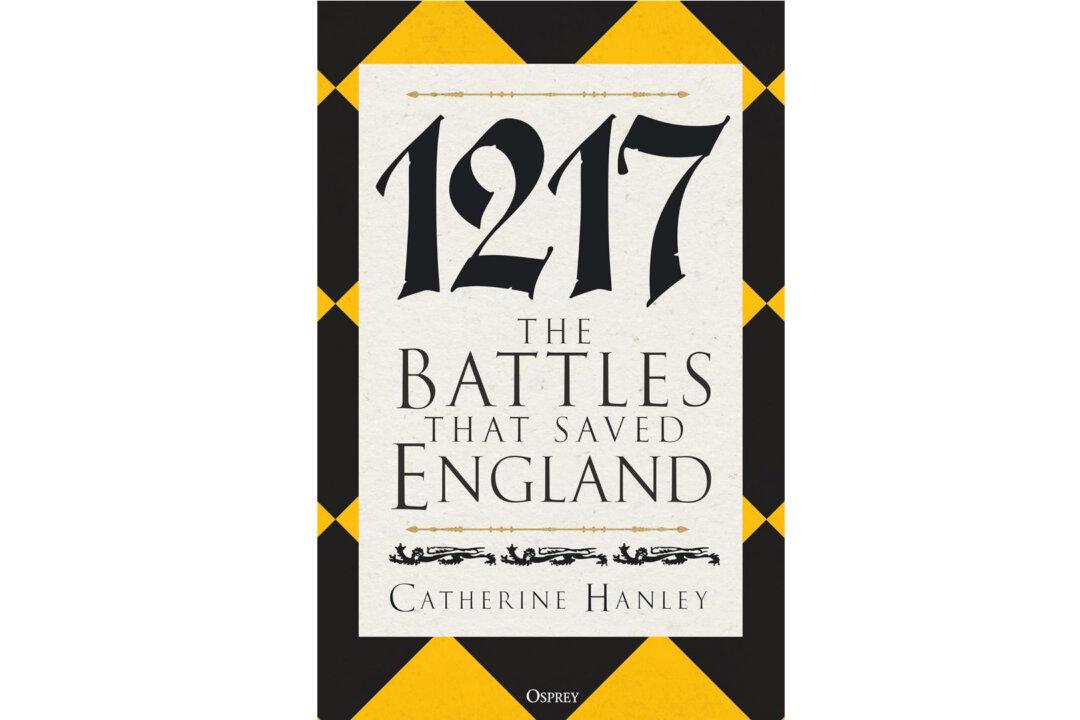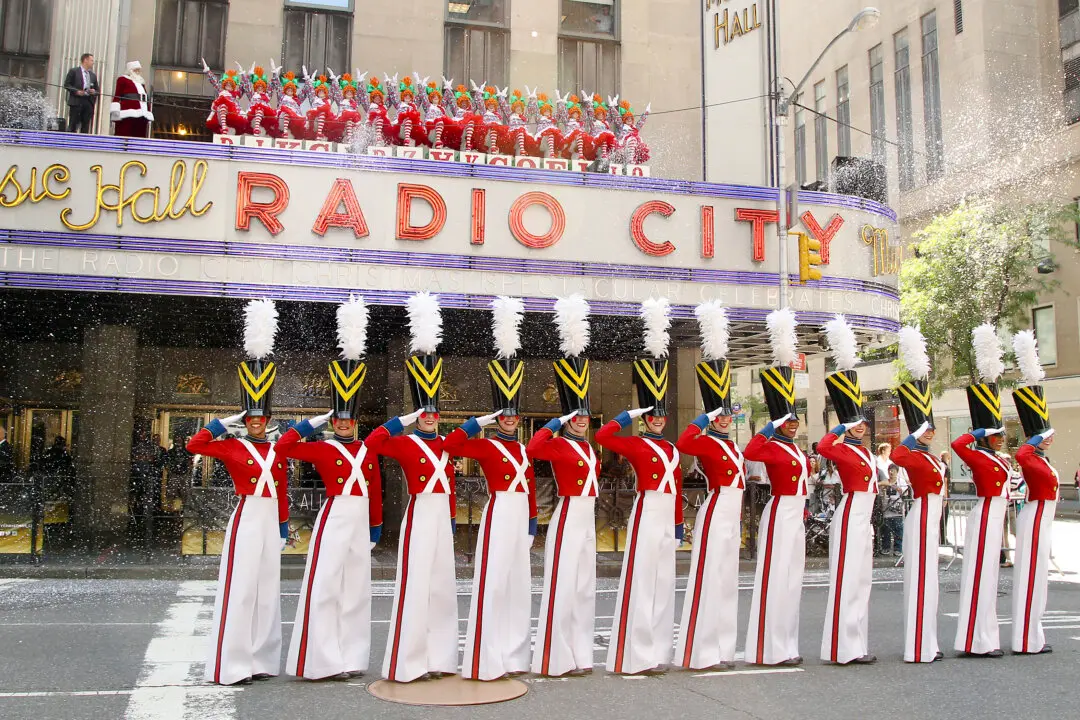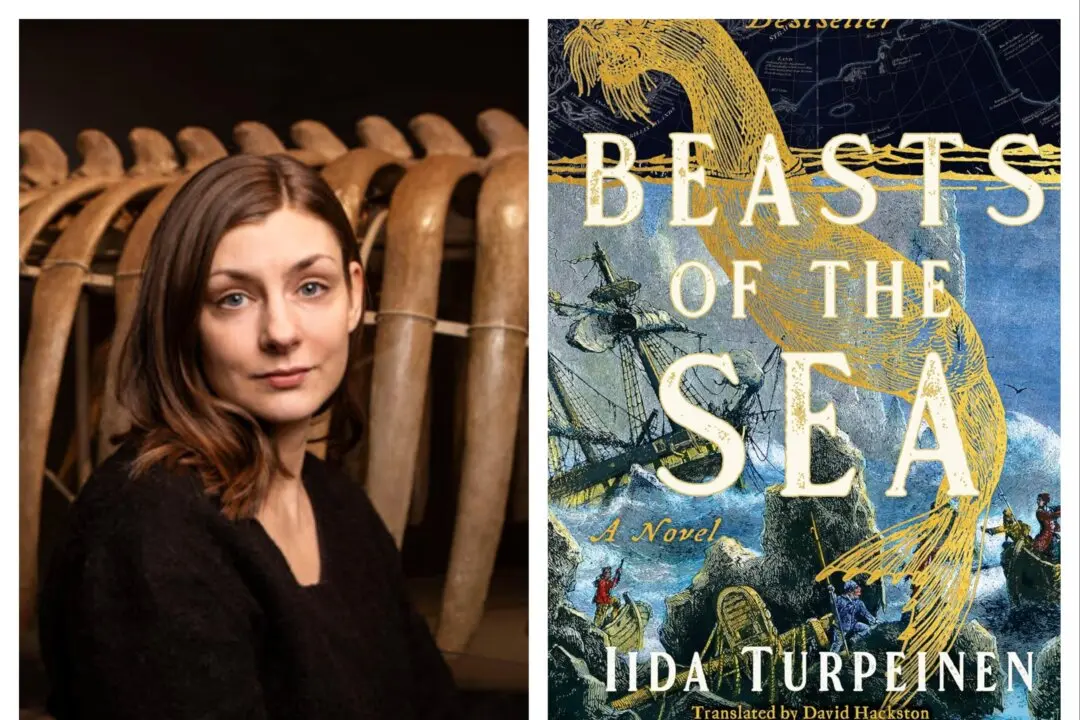Just as we were told in the tales of Robin Hood—that King John was a terrible king—King John was a terrible king. But as with any fictionalized version of history, the reality doesn’t exactly line up with the story. In Catherine Hanley’s new work “1217: The Battles That Saved England,” readers are introduced to a man who “proved over and over again that he was hopelessly unsuitable to be a king.”
Hanley begins with the Magna Carta, or rather with a letter from Pope Innocent III rejecting the very idea of this document, one created to make the king “subject to the law, rather than sitting above it.” She explains that the Magna Carta, issued in 1215 by the English barons, was a document “so radical as to be astonishing,” which explains the pope’s response.






